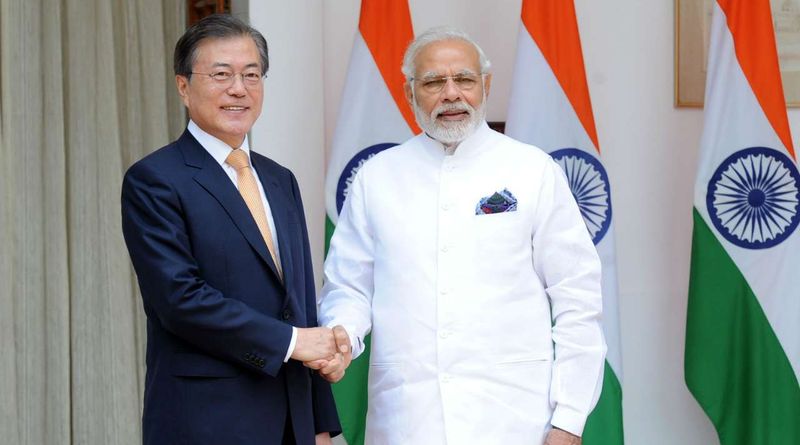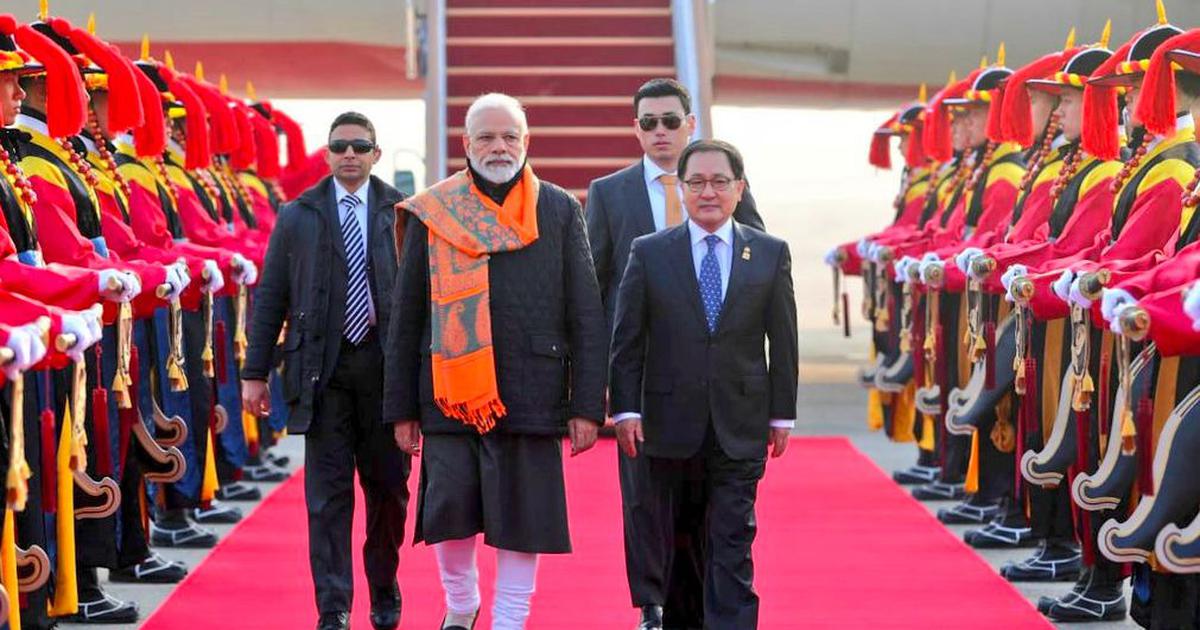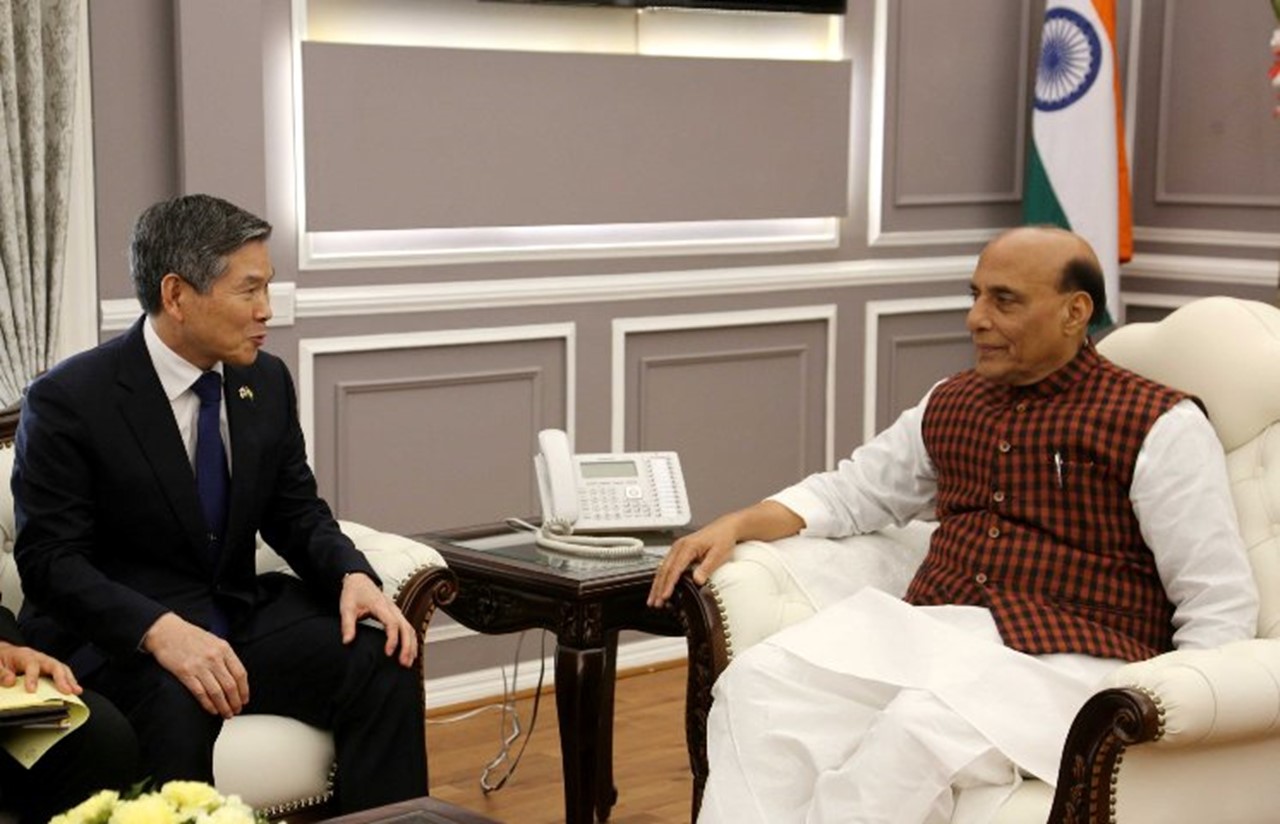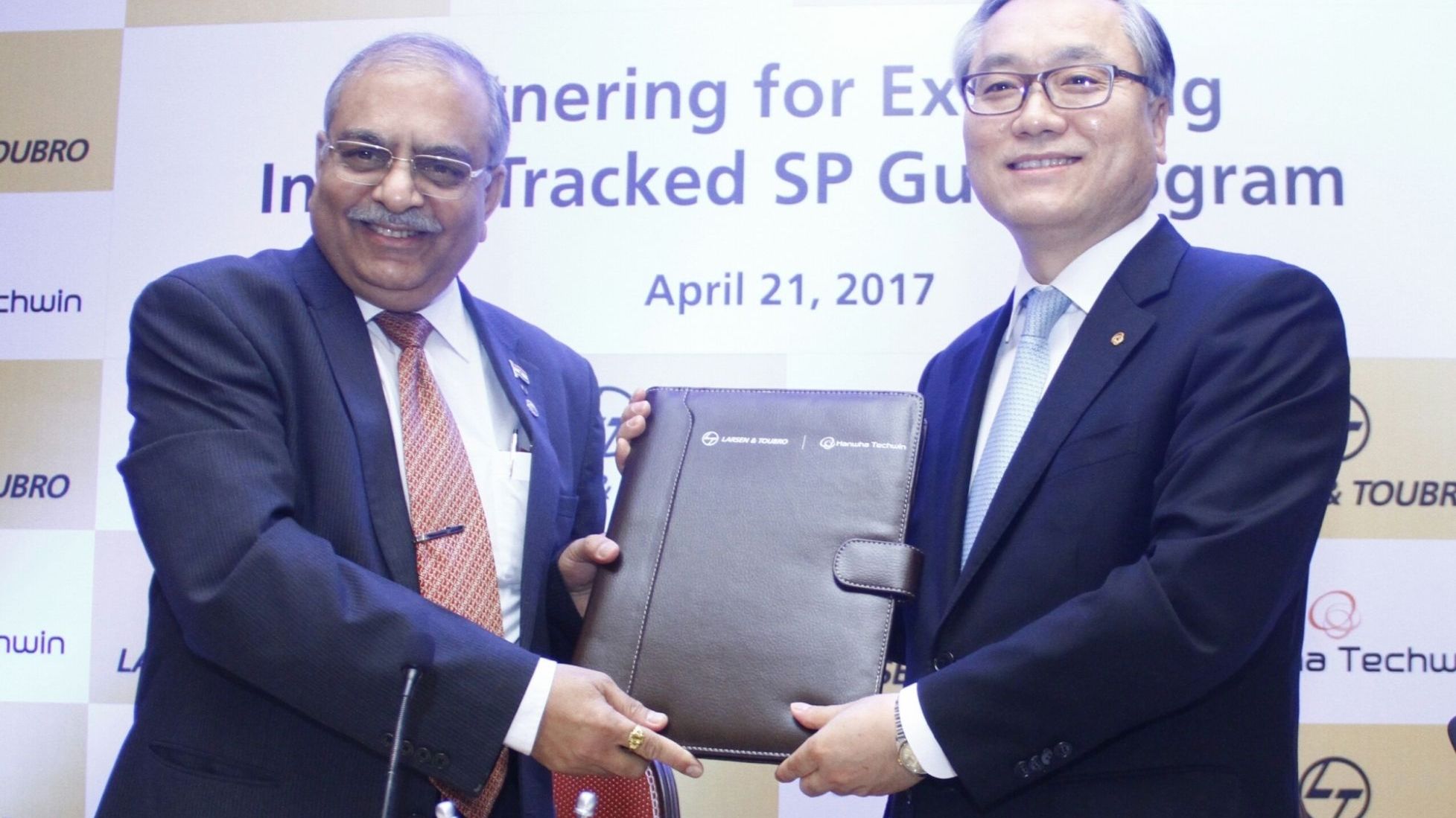
India and South Korea share tremendous synergy between themselves today. In recent years, both countries have shown their utmost efforts to strengthen mutual ties. Unfortunately, these efforts have remained narrow in nature, as they are mainly focused on the economic side of the equation. Both sides have failed to see their cooperation in a larger, more regional perspective. India too has failed to see the vulnerabilities of South Korea in the ongoing regional power shift.
The US-South Korea-Japan trilateral alliance which has kept peace in the Asia-Pacific region for more than seven decades is under serious stress. Unprecedented expansion of the Chinese military is changing the balance of power in the region.
Since its inception in 1945, South Korea has been dependent on the US to maintain peace and stability in the Korean peninsula and the Indian Ocean via which most of its trade and energy supplies pass through. Weakening of this security apparatus of late, the rising of China, and the emerging translational security threats in the Indian Ocean are creating new security dilemmas for South Korea. Its size, location and limited military resources cannot handle security issues of this nature independently.
Similarly a major part of India’s international trade and energy supplies pass through the Indian Ocean. Like South Korea, it was heavily dependent on US-led security mechanism to maintain peace in the Indian Ocean. It was only when China started sending warships and submarines that India began investing heavily in these island nations and launched its ‘Neighbourhood First’ policy to play a bigger role in the economic development of these countries and deploying its strategic naval assets.
In this rapidly changed scenario, whereby South Korea has no closer ally in the Asia–Pacific region, closer ties between India and South Korea can go a long way in facing mutual external pressure while keeping peace and a more-or-less status quo on the Korean Peninsula and wider north eastern region. A stable, peaceful and stronger East Asia in return can also help India’s prioritised interests in its own neighbourhood. A stable and peaceful East Asia, in other words, is increasingly becoming interconnected and interdependent with peace and stability in the Indian Ocean.

Strategic convergence between India and South Korea is growing by the day. To facilitate this convergence both countries have signed many defence and security related agreements and MOUs in recent years. Yet their partnership has not deepened as expected. It is still restricted to the scant exchange of military trainings and naval exercises, and the occasional weapon systems purchase and technical knowhow exchange from each other. Hesitantly they embrace each other and fail to exploit the full potential of this relationship. It is time we fill in the gaps in the strategic thinking of two countries and build a powerful alliance to sustain peace, security and stability in the Asia Pacific region during this power shifting volatile era.
However, there is a growing synergy and complementarity between South Korea’s New Southern Policy and India’s Act East Policy, both of which seek to establish a stable, secure and prosperous Indo-Pacific order. A broader push for India-South Korea defence and strategic collaboration was given during Prime Minister Narendra Modi’s visit to Seoul in February 2019.
Indian Defence Minister Rajnath Singh made South Korea his second stop after Japan in his five-day tour of Northeast Asia in the first week of September 2019, when he met his South Korean counterpart Jeong Kyeong-doo. The two leaders highlighted the potential for expanding their cooperation in the defence and security sectors.
Other lines of effort are also worth highlighting in this regard. For instance, the defence minister also invited the South Korean defence industry to participate in the DefExpo 2020 held in Lucknow in February 2020. The Indian defence minister has also established a joint task force to identify military systems and hardware that can be produced in India through the participation of Korean defence industries, which will be useful in avoiding the import costs of these systems.

In fact, India’s push for stronger defence cooperation comes against the backdrop of the Indian Army’s induction of the K-9 Vajra self-propelled howitzers, which is a version of the South Korean K-9 Thunder. South Korean defence industry, Samsung-Techwin (now Hanwha Defense), and India’s Larsen & Toubro had entered into an agreement for the sale of 100 howitzers in May 2017.
After undertaking a comprehensive review of the defence relations, the ministers signed two agreements, one to extend logistical support to each other’s navies, and a second one to deepen defence educational exchanges.The agreement on naval logistics sharing is particularly a significant one, given that India has such arrangements so far only with the United States and France. India is currently negotiating such an agreement with Japan.
While it is a clear demonstration of the deepening strategic partnership between India and South Korea, the military logistics agreement will also go a long way in enhancing India’s strategic reach in the Indo-Pacific. India’s limited naval presence in the Pacific can be addressed by the agreement as the Indian military will be in a position – to take just one example – to use the South Korean military facilities if needed.
Recently a “forward looking roadmap” was also designed to take defence industry cooperation to “the next level”. This is a key area given that the Indian government has decided not to use Chinese systems and components in the broad defence electronics sector and India is yet to develop indigenous capability to fill in this gap.
Given the high-end and sophisticated nature of the South Korean defence electronic capabilities, this offers itself as an ideal win-win opportunity for Seoul and New Delhi. A number of new initiatives for co-operation in sectors of “land systems, aero systems, and naval systems” are being planned. Deeper co-operation and collaboration in testing and certification and quality assurance are also in the pipeline.

No doubt huge cooperation potential in the defence industry sector exists as both sides are heavily engaged in modernisation of their armed forces. However, Indian and South Korean defence cooperation cannot be seen with the narrow prism of business. It is not about how much profit to be made from each other but about defending our common democratic way of life. So far Indian and South Korean policy makers have looked through a narrow vision. As a result they have focused only on those issues which can strengthen bilateral ties. This has to change. There is no way India and South Korea can isolate themselves from what is happening in the region at large. Avoidance of regional issues in their partnership can come back to haunt them at a later stage. Thus they can ignore the bigger picture at their own peril. Time has come to move their bilateral partnership to a stronger defence alliance focusing on the whole spectrum of issues affecting our entire region. To begin moving towards defence alliance, alignment of strategic perspective on the evolving regional security scenario could be the first step. After alignment of their strategic perspectives development of common regional strategic vision could be the logical outcome. Then this new common regional strategic vision could serve as a foundational base for a new defence alliance. Power is shifting quickly in the region. With each passing day the power vacuum, forming as a weaken US, is being filled by China. The longer India and South Korea take to develop a common strategic vision the more difficult and complicated it will be for them to come closer at later stage. Any delay could hurt the strategic interests of both countries deeply. The time for a stronger defence alliance between India and South Korea has come.

The proposed India-South Korea defence alliance is not aimed against any third country. Instead it aims for an inclusive approach which protects the interests of all countries in the region. Closer defence cooperation between India and Korea should be able to contribute to the establishment of a new balance of power in the region. Working together they can play a more effective role in the emerging new regional security paradigm than they could operate separately. Given the current volatile security situation and commonality of India and South Korea’s core strategic, economic and security interests, closer defence cooperation at the regional policy level, which goes beyond current areas of bilateral cooperation, will be mutually beneficial to both countries and the region at large.








